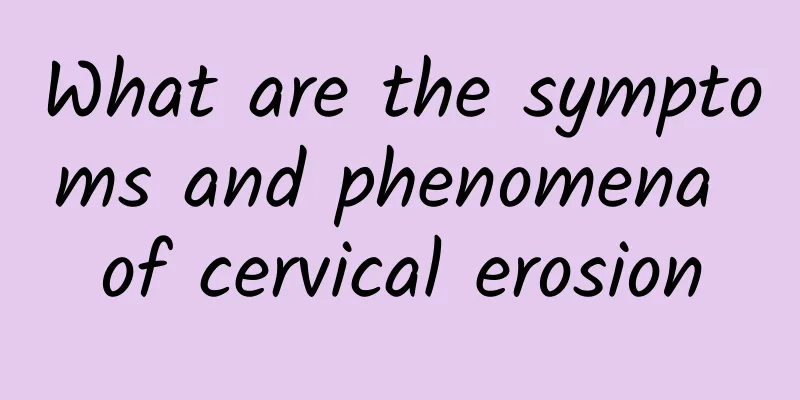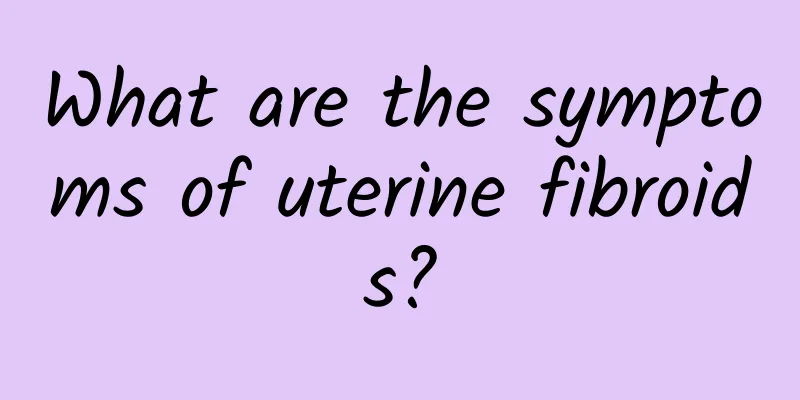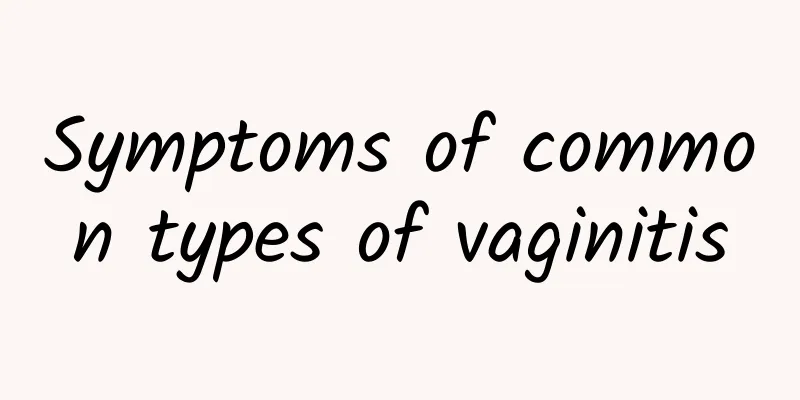Dysmenorrhea after uterine artery embolization

|
Dysmenorrhea after uterine artery embolization may be related to postoperative tissue ischemia, inflammatory response or intrauterine adhesions. If the symptoms continue to worsen or are difficult to relieve, it is recommended to seek medical attention in time to evaluate the cause and treatment plan. The occurrence of postoperative dysmenorrhea is closely related to changes in blood circulation in the body. Uterine artery embolization blocks the arteries of uterine fibroids or abnormal blood supply areas, causing the corresponding tissues to degenerate, necrotize, and shrink. This process may cause ischemic pain in the surrounding tissues, especially when blood flow changes during menstruation. Local inflammatory reactions after surgery may also stimulate the contraction of the uterine wall and aggravate dysmenorrhea. At the same time, some patients may experience dysmenorrhea due to postoperative endometrial adhesions or scar tissue formation. Whether it is short-term tissue adaptive changes or potential surgical complications, it is recommended to adjust the response measures in a timely manner according to the degree and fluctuation characteristics of dysmenorrhea, combined with postoperative evaluation. The occurrence of postoperative dysmenorrhea is closely related to changes in blood circulation in the body. Uterine artery embolization blocks the arteries of uterine fibroids or abnormal blood supply areas, causing the corresponding tissues to degenerate, necrotize, and shrink. This process may cause ischemic pain in the surrounding tissues, especially when blood flow changes during menstruation. Local inflammatory reactions after surgery may also stimulate the contraction of the uterine wall and aggravate dysmenorrhea. At the same time, some patients may experience dysmenorrhea due to postoperative endometrial adhesions or scar tissue formation. Whether it is short-term tissue adaptive changes or potential surgical complications, it is recommended to adjust the response measures in a timely manner according to the degree and fluctuation characteristics of dysmenorrhea, combined with postoperative evaluation. There are many ways to relieve postoperative dysmenorrhea: symptomatic medications such as ibuprofen or acetaminophen can effectively relieve discomfort caused by inflammatory stimulation; hormonal drugs that regulate menstruation (such as Zoladex or levonorgestrel intrauterine device) can reduce menstrual blood volume and uterine contractions; physical therapy such as warm compresses to solve pain caused by ischemia can also help. Adjusting your lifestyle, including regular work and rest, light aerobic exercise (such as yoga or brisk walking) and avoiding cold stimulation can also help reduce the frequency and intensity of dysmenorrhea. If symptoms do not improve for a long time, you should seek help from a professional doctor to check for potential intrauterine adhesions or other lesions, and choose interventional treatment, intrauterine surgery to separate adhesions or further regulatory treatment according to your personal situation. |
<<: What are the symptoms of hydatidiform mole?
>>: What is the cause of cervicitis viral infection
Recommend
What are the clinical examination methods for vaginitis?
Among the many gynecological inflammatory disease...
What causes bacterial vaginosis
For our female compatriots, bacterial vaginosis c...
Can I exercise during my period? Things to note during my period
Women are very weak and irritable during menstrua...
Here are three reasons for vulvar leukoplakia:
What are the causes of vulvar leukoplakia? Expert...
Which surgery is better for uterine fibroids? Which surgery is better for uterine fibroids?
Uterine fibroids are one of the most common benig...
What are the causes of ovarian cysts?
What are the causes of ovarian cysts? Experts say...
What are the symptoms of malignant ovarian cysts?
What are the symptoms of malignant ovarian cysts?...
What are the methods for treating dysmenorrhea?
Whether it is Western medicine or traditional Chi...
Suffering in summer is better than taking tonic food! Bitter melon and apple drink, eat bitterness but not fat
The bitterer the bitter gourd, the more nutritiou...
What symptoms will women have if they have irregular menstruation?
There are many factors that can cause irregular m...
Can women with adenomyosis get pregnant?
Can you get pregnant if you have adenomyosis? Now...
Precursors of pulmonary embolism
If a pulmonary embolism thrombus blocks a small a...
50 doses of Chinese medicine cured chronic pelvic inflammatory disease
Ms. Wang, 38 years old, has had excessive vaginal...
What causes vaginitis?
Vaginitis is inflammation of the vagina, which is...
Create an S-curve! 3 ways for women to exercise their body to become more beautiful
Recently, the term "body dryness" has b...









